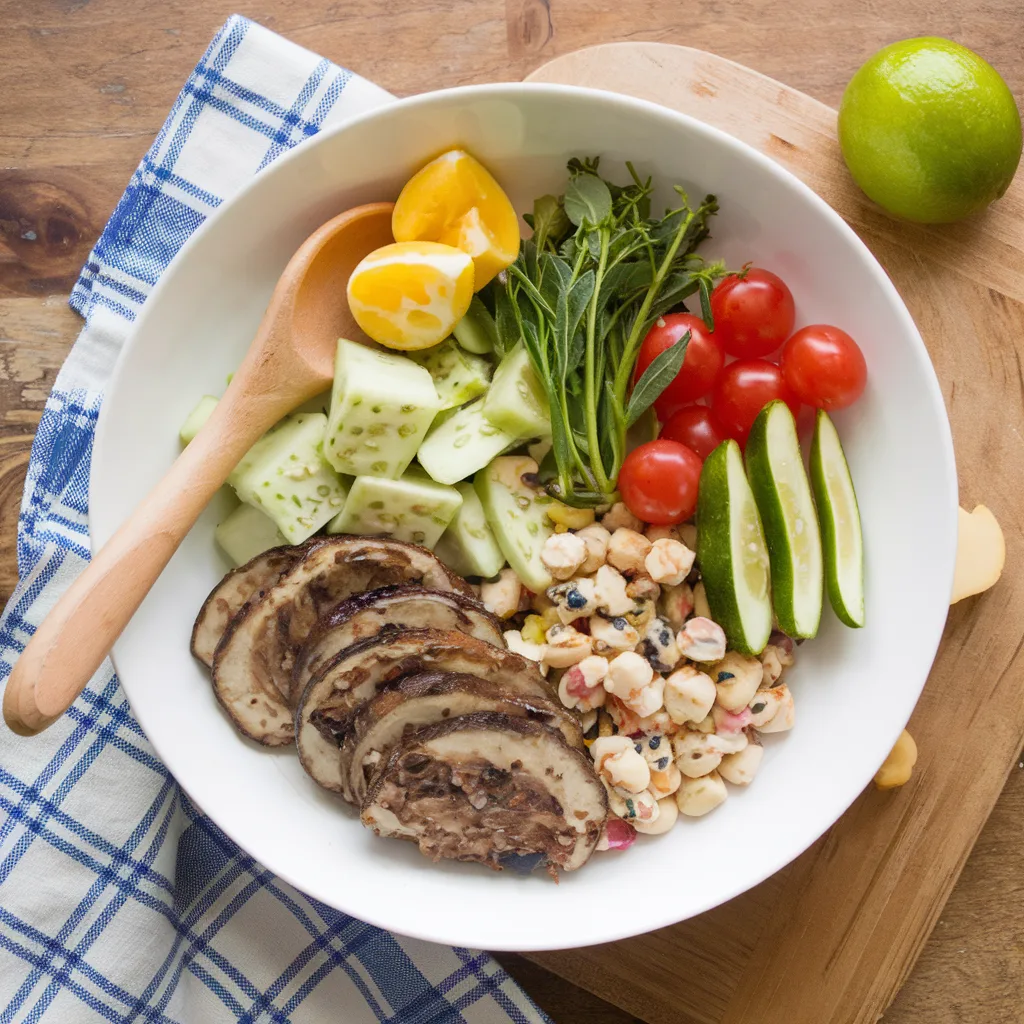Healthy eating is crucial for children’s growth and development, but enjoying nutritious foods can be challenging. Many parents and caregivers struggle with Why Kids Hate Healthy Food Tips. In this article, we’ll explore the reasons behind this common issue and provide practical tips to help your little ones embrace a balanced diet.
Table of Contents
Key Takeaways:
- Kids often dislike healthy foods due to their taste, texture, and appearance.
- Understanding the reasons behind their aversion can help parents and caregivers find effective solutions.
- Tips include involving kids in meal preparation, making healthy foods fun, and leading by example.
- Consistency and patience are key in helping kids develop a taste for healthier options.
Why Kids Hate Healthy Food Tips?

There are several reasons why kids might turn their noses up at healthy foods:
Taste and Texture
Children have more sensitive taste buds than adults, which can make certain flavors and textures overwhelming. Bitter and sour tastes, in particular, are often disliked by kids. For example, vegetables like broccoli and kale can seem too bitter, while fruits like grapefruit can be too sour.
“Kids’ taste preferences are influenced by their developing senses. As they grow older, their taste buds mature, and they may become more open to trying new foods.” – Hiya Health
Appearance
The way a food looks can also affect a child’s willingness to try it. Unusual colors, shapes, and sizes can be off-putting. For instance, a bright green smoothie might look strange to a child who is used to seeing more familiar colors like brown or yellow.
Lack of Exposure
Children need repeated exposure to new foods to develop a liking for them. If a child has only tried a vegetable once or twice, they are less likely to enjoy it. Consistent exposure is key to helping kids become more accepting of healthy foods.
Influence of Peers and Media
Kids are heavily influenced by their peers and the media. If their friends are eating junk food or if they see commercials for unhealthy snacks, they may be less inclined to try healthier options.
“The media plays a significant role in shaping children’s food preferences. Advertisements often portray unhealthy foods as fun and exciting, making it harder for kids to choose healthier alternatives.” – Paper Pinecone
Tips to Help Kids Love Healthy Foods

Now that we understand why kids might dislike healthy foods, let’s look at some practical tips to encourage them to eat better:
Involve Kids in Meal Preparation
Getting kids involved in the kitchen can make them more excited about trying new foods. Let them help with tasks like washing vegetables, stirring ingredients, or setting the table. This hands-on experience can make healthy eating feel more engaging and fun.

Preview
Make Healthy Foods Fun
Turn healthy foods into fun shapes or create colorful plates to capture your child’s interest. For example, you can cut fruits and vegetables into animal shapes or arrange them in a rainbow pattern. Making food visually appealing can make it more enticing for kids.
Lead by Example
Children learn by observing the adults around them. If you eat a variety of healthy foods and show enthusiasm for them, your kids are more likely to follow suit. Be a positive role model and share your enjoyment of nutritious meals.
Be Patient and Consistent
It can take multiple exposures to a new food before a child will try it. Don’t give up after one or two attempts. Keep offering the food in different ways and at different times. Patience and consistency are key to helping kids develop a taste for healthy foods.
Offer Choices
Give your child a choice between two or three healthy options. This can make them feel more in control and increase their likelihood of trying the food. For example, ask if they prefer carrots or cucumbers as a snack.
Create a Positive Eating Environment
Eating should be a positive and enjoyable experience. Avoid forcing your child to eat or using food as a reward or punishment. Instead, focus on creating a relaxed and pleasant mealtime atmosphere.
Use Positive Reinforcement
Praise your child when they try new foods or make healthy choices. Positive reinforcement can motivate them to continue exploring different tastes and textures.
Introduce New Foods Gradually
Start with small portions of new foods and gradually increase the amount over time. This can help your child get used to the taste and texture without feeling overwhelmed.
Try Different Cooking Methods

The way a food is cooked can significantly affect its taste and texture. Experiment with different cooking methods like roasting, grilling, or steaming to find what your child enjoys most. For example, roasted vegetables can be sweeter and more appealing than raw ones.
Make Healthy Snacks Accessible
Keep a variety of healthy snacks within reach. Having fruits, vegetables, and whole-grain crackers readily available can encourage your child to make better choices when they’re hungry.
Teach About Nutrition
Help your child understand why healthy foods are important. Explain how different nutrients benefit their body and support their growth and development. Use simple terms and relatable examples to make the information easy to grasp.
Involve Kids in Shopping
Take your child grocery shopping and let them pick out some healthy foods they’d like to try. This can make them more invested in the process and more willing to eat what they’ve chosen.
Use Creative Descriptions
Describe healthy foods in fun and creative ways. For example, call broccoli “dinosaur trees” or refer to carrots as “superhero sticks.” This can make the foods sound more appealing and exciting to kids.
Offer Healthy Alternatives to Favorite Foods
If your child loves a particular unhealthy food, try finding a healthier alternative. For example, make homemade pizza with a whole-wheat crust and lots of vegetables, or create a fruit smoothie instead of a sugary drink.
Be a Good Listener
Pay attention to your child’s feedback about the foods they try. If they don’t like a particular dish, ask for their input on how to improve it. This shows that you value their opinion and can help you find solutions together.
Stay Positive and Encouraging
Avoid negative comments or pressure when it comes to food. Instead, stay positive and encouraging. Celebrate small victories and keep the focus on making healthy choices fun and rewarding.
Frequently Asked Questions (FAQ)
Why do kids dislike vegetables?
Kids often dislike vegetables because of their taste, texture, and appearance. Vegetables can be bitter or have unusual textures that are off-putting to young palates. Repeated exposure and creative presentation can help kids become more accepting of vegetables.
How can I make healthy foods more appealing to my child?
Make healthy foods more appealing by involving your child in meal preparation, making them fun and visually appealing, and using creative descriptions. Offer choices and be patient and consistent in introducing new foods.
What are some healthy snack ideas for kids?
Some healthy snack ideas for kids include sliced fruits, vegetable sticks with hummus, whole-grain crackers with cheese, yogurt with berries, and homemade popcorn. Keep a variety of these snacks accessible to encourage healthy snacking.
How can I teach my child about nutrition?
Teach your child about nutrition by explaining the benefits of different foods in simple terms. Use relatable examples and involve them in meal planning and preparation. Reading books and watching videos about healthy eating can also be helpful.
Is it normal for kids to be picky eaters?
Yes, it is normal for kids to be picky eaters. Many children go through phases where they are selective about what they eat. Consistent exposure to a variety of foods and a positive eating environment can help them become more adventurous eaters over time.
Conclusion
Helping kids love healthy foods is a journey that requires patience, creativity, and consistency. By understanding the reasons behind their aversions and implementing these practical tips, you can make healthy eating a positive and enjoyable experience for your family. Remember, every small step counts in fostering a lifelong appreciation for nutritious foods.
For more tips and resources on kids’ nutrition, check out our other articles:
- The Benefits of a Balanced Diet for Kids
- Simple Recipes for Picky Eaters
- Fun Ways to Get Kids Involved in Cooking
Happy cooking and happy eating!











